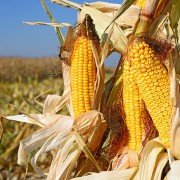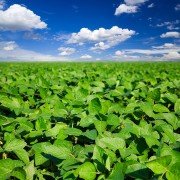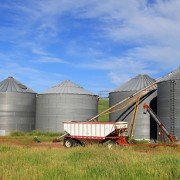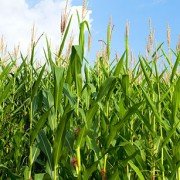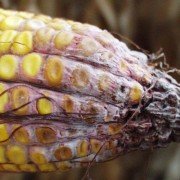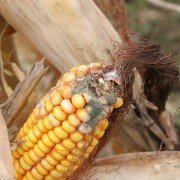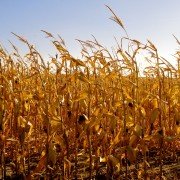With harvest upon us, we want to remind all Thompsons customers that we have a zero tolerance for treated seed or contaminants in ANY load of beans, grains, corn and edible beans coming into our facilities.
WARNING:
Zero tolerance for TREATED SEED occurring in grains, soybeans, corn and edible beans.
Make sure all equipment is thoroughly cleaned and inspected before using it for grain.
Under the Canada Grain Act:
A licensed grain handling facility, such as a licensed primary elevator, cannot:
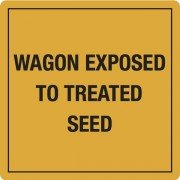 Receive grain that is contaminated with treated seed or suspected to be contaminated or ship grain that is contaminated with treated seed or suspected to be contaminated.
Receive grain that is contaminated with treated seed or suspected to be contaminated or ship grain that is contaminated with treated seed or suspected to be contaminated.
A producer (or a person acting on a producer’s behalf) cannot deliver grain to a licensed facility that is contaminated with treated seed or suspected to be contaminated.
“It is unlawful to deliver grain that has been treated or infected with any poisonous substance or compound to this Elevator. Persons so charged will be prosecuted to the full extent of the law and held liable for any expense or loss incurred in the removal and disposition of grains so contaminated.”




